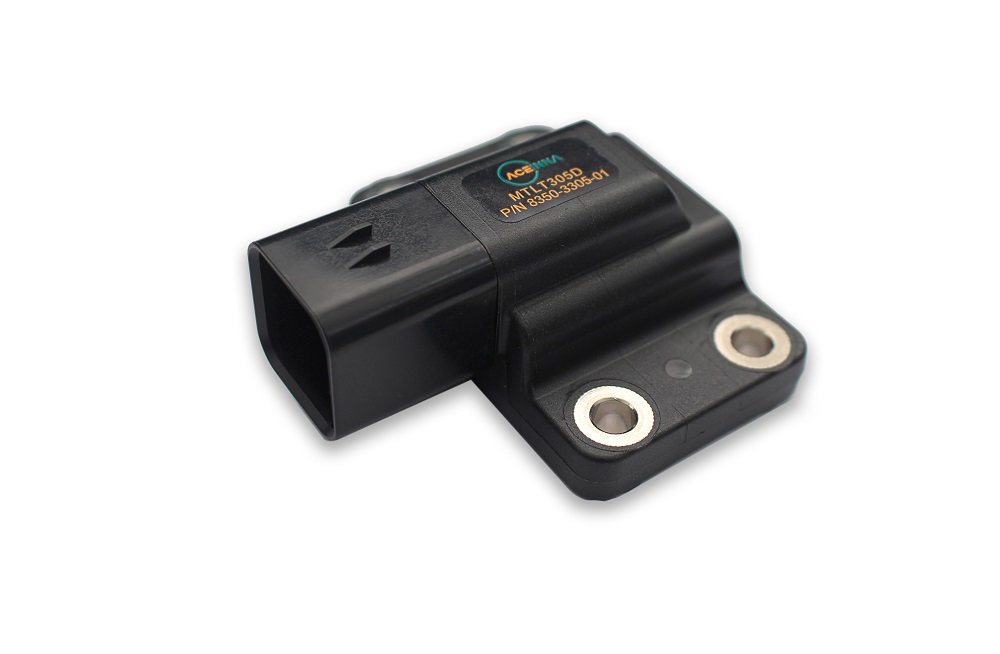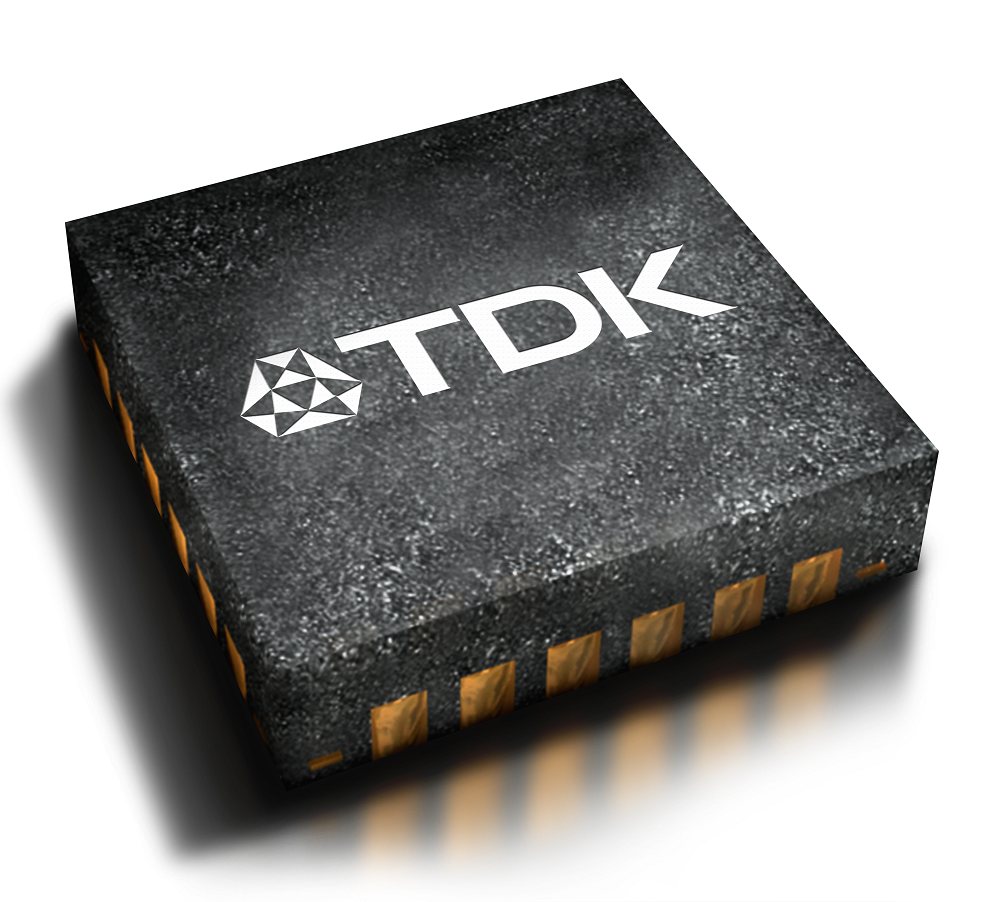By Hailey Lynne McKeefrey, editor-in-chief, EBN
OEMs are incorporating sensors into products at an astonishing rate in everything from automobiles and industrial equipment to consumer electronics and emerging technologies. Average selling prices are going down, and feature-rich offerings are becoming the norm. Sensors Expo 2018, held earlier this summer in San Jose, California, provided a microcosm of the biggest technology trends and new product offerings in the market.
By the end of this year, the total number of sensors built and installed will exceed 35 billion, according to a recent report from the Semico Research & Consulting Group. The global magnetic sensor market alone is expected to reach $3.2 billion in global revenues by 2025, progressing at a compound annual growth rate (CAGR) of 6.8%, according to a new report by Grand View Research. These sensors are used in automotive, consumer, health, and industrial applications.
As technology evolves, engineers are looking to get more from the sensors they use in their designs. As always, lower cost is a goal. Furthermore, sensors are getting smaller, using less power, and integrating multiple features into a single device. Many offer ruggedization to withstand harsh environments.
In addition, sensors are becoming smarter by providing on-chip analytics and self-calibration features. Murata introduced a carbon dioxide (CO2 ) sensor aimed at smart building applications. The product, available in sample quantities, calibrates itself without human intervention, which saves time doing manual inspections, said Deryl Kimbro, general manager for business development at Murata Americas.
“Customers want more features and want to pay less, and the only way to do that is by integrating features into a single monolithic chip,” explained Walter Garcia Brooks, optoelectronic product manager, sensor, and specialist components for TT Electronics.
TT showcased its OPB9000 SMD reflective optical sensor for medical applications at the sensors conference. “No matter how the environment changes in temperature, contamination, ambient light, or noise, the sensor will maintain a stable output,” said Brooks. Industrial-grade resin allows the sensor to operate at a wide temperature range from –40°C to 85°C. The fully programmable sensor features 25,000+ lux ambient light immunity.
In many ways, these various goals are complimentary. The newest sensor offerings underline the use of sensor technology in a wide variety of markets and applications. “The newest sensors monitor a multiplicity of things, including temperature, pressure, sweat content, glucose, and concentrations,” said Brian O’Loughlin, vice president of sales for Sensera, which makes medical and commercial sensors. “We are trying to add analytics as well. Miniaturization is the best way to get to that.”
Aceinna’s new MTLT305D dynamic tilt sensor module combines accelerometers, gyroscopes, and a temperature sensor as well as advanced sensor fusion and calibration algorithms to achieve 0.5° tilt and

Aceinna’s new MTLT305D dynamic tilt sensor module.
Ams, which makes high-performance sensors, introduced a family of ambient light sensors (TSL2540 and TSL2541) and a combined ambient light and proximity sensor (TSL2740) that combine miniaturization and low power demands. “The home assistant market is really growing fast, and a lot of new entrants are looking to get a piece of it,” said David Moon, senior marketing manager, Advanced Optical Solutions at ams. “Our new sensors are low-profile; have a small form factor; and use .18-micron technology for lower power and higher sensitivity.”
The new ams product family, which is aimed at display/LED brightness control in consumer electronic applications, offers high sensitivity (when detecting ambient light at an intensity as low as a few millilux), low power, and a small package size (2.0 x 2.0 x 0.5-mm low-profile QFN). Available now, the TSL2540 and TSL2541 are priced at $0.44 and $0.46 in quantities of 5,000.
TDK-InvenSense’s ICM-20600, a six-axis MotionTracking device, combines a three-axis gyroscope and three-axis accelerometer in a small 2.5 x 3 x 0.91-mm (14-pin LGA) package. “Customers are looking for precision to track, monitor, and sense motion,” said David Almoslino, sensor director, corporate marketing, MEMS Sensor Group, Sensor System Business Co., TDK-InvenSense. The company also showed a seven-axis device.

TDK’s six-axis MotionTracking device.
Meanwhile, Vesper was showing its VM1010 always-on piezoelectric MEMS microphone, which is also water- and dust-proof. Aimed at consumer electronics such as smart watches, the sensor powers down to sleep mode and uses almost no power. “Sensors are becoming more cost-effective and use less power,” said Matt Crowley, CEO, Vesper Technologies Inc. “Our customers want to know what’s going on at the edge — and sensor data gives you a better look at the environment.”
TE Connectivity’s M5600, an industrial pressure sensor, eliminates the need for hard-wiring and allows for remote process control and monitoring through Bluetooth 4.0 technology. It is weatherproof and powered by a battery, according to Pete Smith, senior product manager at TE Connectivity. “We are pulling a sensor and radio into one package, which gives a high level of integration,” he added.
Advertisement
Learn more about Electronic Products Magazine





